Decoding The Lightning Kid!
The ChessBase Masterclass Vol.12 is a foray into the mind of a chess genius who has influenced the game in ways that would take pages to describe. It attempts to cover a rather quiet Indian, who is potentially the greatest ever to play the sport. Vishy Anand is a celebrity in India, but his games and ideas have not been elucidated in a depth comparable to the Russians Karpov and Kasparov, who dominated the game for decades till Vishy disturbed the balance. Coming from a non-chess background, Anand's meteoric rise and continued vigil at the top astound many a chess fan. Tanmay Srinath critically examines ChessBase's latest offering, and provides some insights into the product and the player it strives to portray.
To this day, Vishy Anand remains strong, relevant in the scheme of things, while his contemporaries have either retired or sunk into the history pages. His sheer passion and zest for the game confounds the best critical thinker out there, and his personality has not changed one bit over the years - humility and a willingness to go out of his way and help people makes Anand a role model not only in chess but in life!
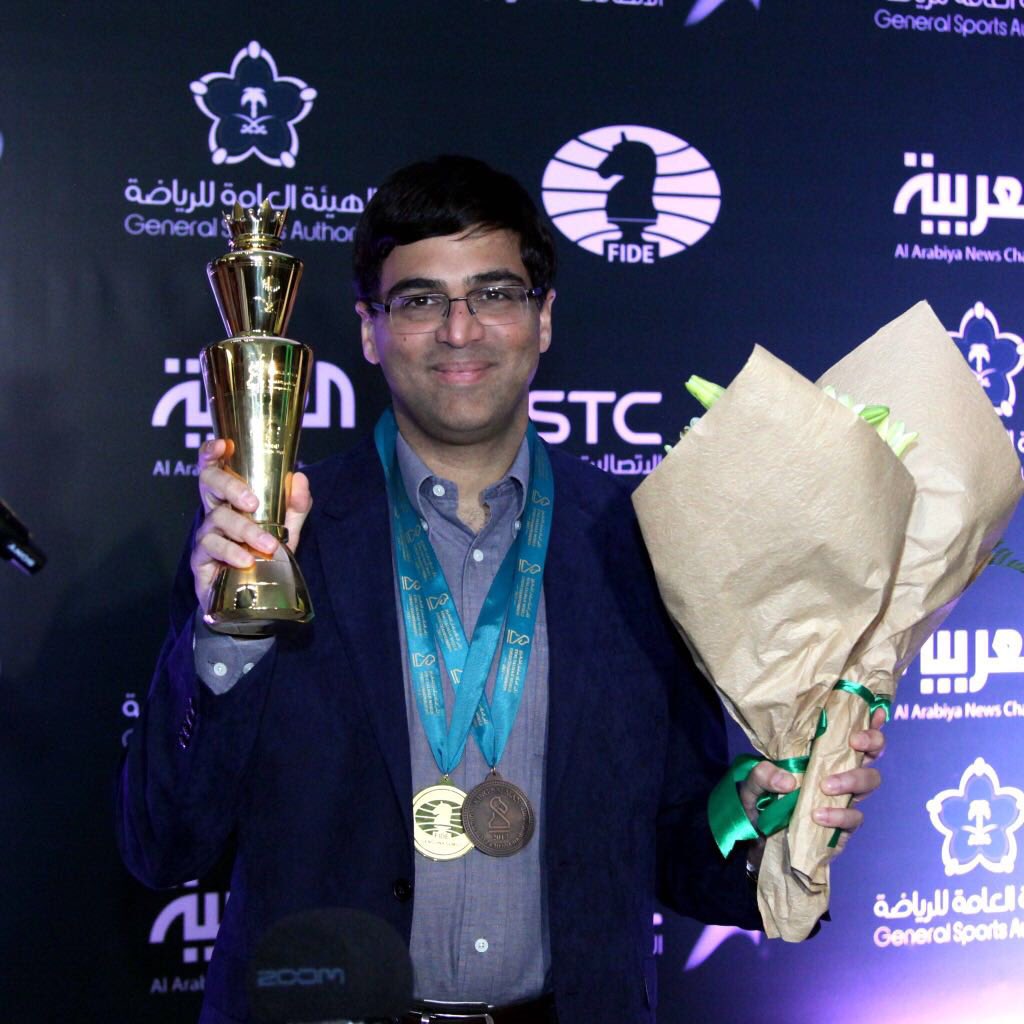
With this, it was only a matter of time before a masterclass on his wonderful chess life came up. Anand is not the most covered player out there - he remained in the background for ages before doing an autobiographical 2-part DVD in the late 2000s - which is still a great buy. However, the Tiger continued to perform after that, which meant that his latest scalps had to be accounted for, by the very best that ChessBase had to offer - Yannick Pelletier, Mihail Marin, Oliver Reeh and Dr. Karsten Muller. Without further ado, let's get into it then!
The Opening: Half Empty rather than Half Full
This time, instead of Niclas Huschenbeth, Yannick Pelletier was assigned with documenting Anand's narrow but well studied repertoire. While I admire Yannick as a commentator who respects top players and is understanding of their occasional misses, I have to say that I am slightly disappointed with his coverage. He spends too much time telling us that Anand is classically bent - which is obvious to any studied chess player, and very little going into the thick of things. I am not happy with his choice of games to illustrate Anand's ideas as well - his game against Kasparov was no doubt a good game, but the game against Topalov was not the best choice to illustrate the 6.h3 Najdorf. Perhaps the familiarity with Anand's games having gone through his autobiographical series worked against me here, but then, why buy a new product if they don't show something that is rarely seen, or never seen before?
A deeper look into the opening - why Anand chose it, what are the subtleties, why it is a good choice, who does it suit, some middlegame patterns - these are some of the reasonable expectations I have of a presenter of the opening - these are the questions I would ask, and the answers to this will benefit the viewer enormously. Opening study is not just about memorising moves - it is about understanding middlegame plans, and I am sorry to say that Yannick falls short in this department - it is as if he wants it to get over quickly in most cases.
I offer one of the positions here - his immortal against Gata Kamsky:
Anand-Kamsky
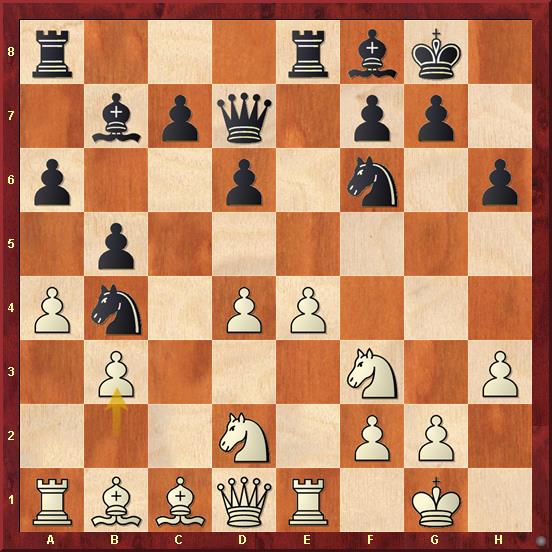
All is not negative about Yannick's portion - he does mention important details about Anand's play, like his machine like precision in converting an advantage, but in general I am not satisfied. Viewers unfamiliar with Anand will find this portion useful as well, but for others it is something to graze over.
Strategy: Intriguing choice of games, but the number disappoints
Mihail Marin is one ChessBase author I have the utmost respect for. His presentation of his pet English Opening and his previous coverage of Karpov's and Kasparov's brilliant strategic wins increased my expectations. However, when I opened the strategy section, I was stunned to see only 5 examples of Anand's strategic prowess.
According to me, this is the most important section of the DVD for intermediate players, who need to refine their positional play. Anand is certainly no slouch in strategic play, as Marin explains himself. He says that he underestimated the positional nature of Anand's active positional Capablanca style (as described by Khalifman) and in their only encounter would have lost if not for Anand's trigger happy blitzing which led to tactical oversights.
The above explains why five is too less a number - Anand has played innumerable such games, but at least 8 of them would have satiated my thirst. Anand-Vallejo was an interesting choice by Marin, as it is a relatively lesser known game, and I was in general happy with his explanations, but was left wanting for more - for example the beautiful game Anand-Ponomariov where Vishy sacrifices a pawn in the opening and completely ties down Black's army to win.
Here is a famous example showing why Anand is head and shoulders above his predecessors - Fischer included:
Anand-Kasparov
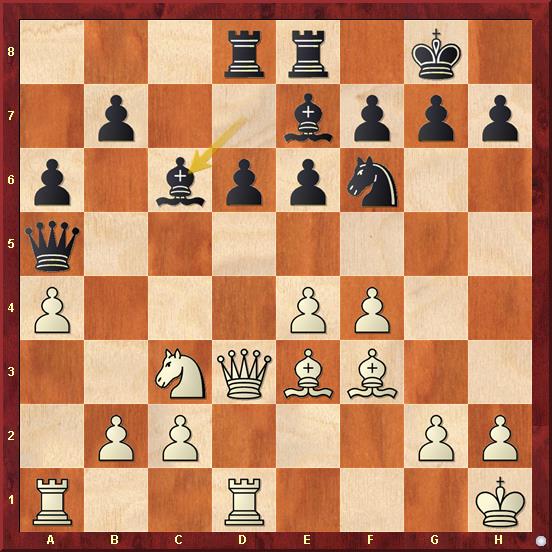
This wasn't included in the strategic section, but I felt it was necessary to illustrate how deep Vishy's understanding is of the game in general:
Kramnik-Anand
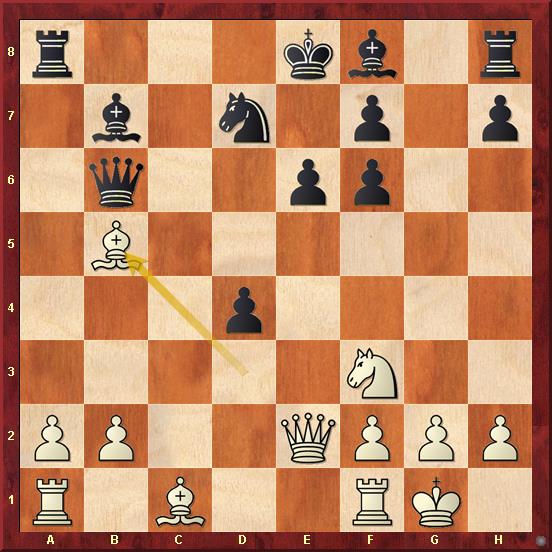
Tactics: The Silver Lining Amongst the Clouds
Perhaps the only section where I was fully happy with the choice of games. Oliver Reeh doesn't discriminate - usually his section contains 20 games, and this time his selections were absolutely gorgeous! I loved his presentation and explanations, and feel that the DVD is a must watch for this section alone - Anand's rare gift of Tal like intuition and Kasparov like calculation combine to give mystical combinations and the rarest of patterns! Here are a few examples:
Anand-Lautier
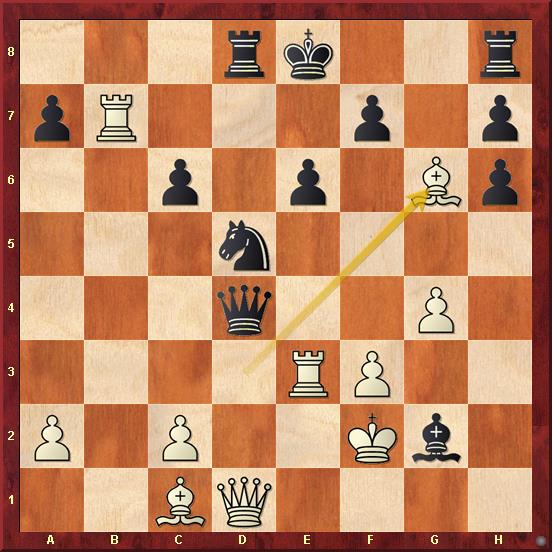
Here is a more recent example for the millennial:
Anand-Caruana
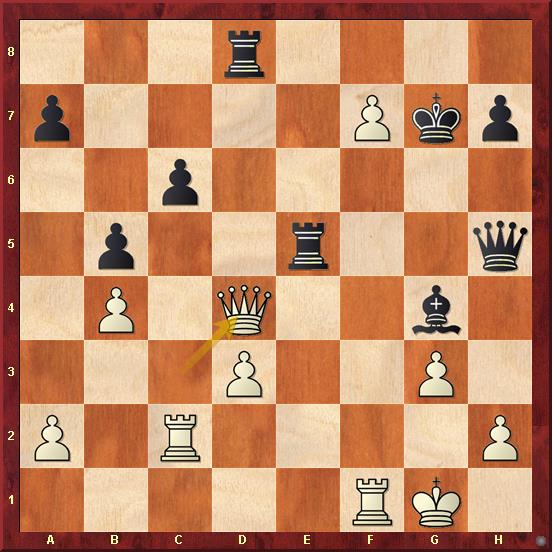
Of course these are well known, but the reason I am not revealing too much is obvious - get the DVD and watch how the Tiger catches its prey!
Endgame: Adequate to say the least
The only thing about this section is that there is no interaction with the user/viewer, like in the opening, which means that learning endgame nuances is that little bit harder. That said, I have to appreciate Dr.Muller here - the examples he has chosen beautifully illustrate the essence of Anand's style - a dynamic and lively approach to the position and the ability to penetrate into the position like none other. That said, his presentation style is a little boring, so sometimes I found myself wanting to skip over to the next video.
Otherwise I really enjoyed this section. The endgame is often neglected for no good reason, and Anand's endgame play is surprisingly underrated - I make my point with the following two examples:
Anand-Karjakin
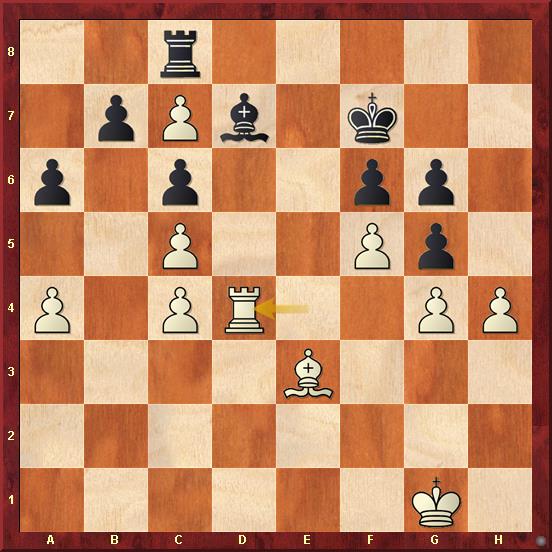
Carlsen-Anand
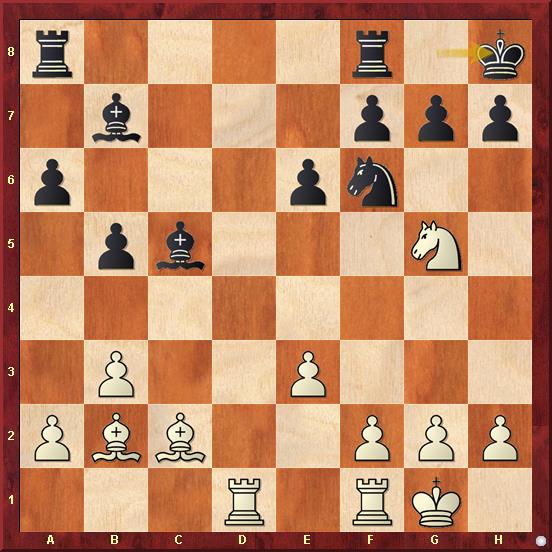
Conclusion: Worth a buy, but only just
I have followed Anand seriously for some time now, and time and again he teaches me something new. It is always important to learn from the past and implement it in our games - that is how we evolve with the game. The ultimate goal of the masterclass is to provide an insight into the minds of the greats so that we can learn from them and improve. I believe that whatever material presented here should be suitable not only for players with zero knowledge of Anand, but also some of his die-hard fans.
Indian Chess players have never been covered well. A normal GM/IM in Europe has a long Wiki page, a big bio on his personal website and in general a lot of publicity. Indian super-achievers on the the other hand have never been taken seriously, partly due to the lack of information about them and mostly due to the lack of attention on Indian Chess. Many of the games from our national level events in the past decade featuring the best players in the country have failed to make it to the Mega Database, while an obscure 1500 in Europe has at least 10 games of his with either color. This is in general wrong, and deprives the chess world of many beautiful games played in the birthplace of Chess.
Soon, this will change, due to super-talents like Praggnanandhaa, Divya Deshmukh, Gukesh etc. Where better to right the wrongs than an exhaustive coverage of India's greatest sportsman? In addition to the 4 sections mentioned above, there are 4 additional components - Anand's powerbook consisting of his repertoire with White and Black, a detailed biography by Andre Schulz, a collection of all of Anand's games and a tactics training consisting of 137 of Vishy's finest exploits. All this make the DVD a must watch, though it barely scrapes through to it.
To end the review, I would like to state that I along with many others consider Anand the GOAT - Greatest of All Time! His understanding of the game, and his achievements despite not having a chess background makes his wins similar to Fischer, only that Anand managed to surpass the American genius eventually by broadening his horizons and staying at the top for longer. Sounds controversial? Well, I dare you to pick up this DVD and prove me wrong! Chances are that by the end of it you will most likely agree with me!
Get Master Class Vo.12 Viswanathan Anand now!
If you would like to know about 12 super achievers in the world of chess, we recommend you get the Master Class combo of volumes 1-12.
If you would like to know more about Vishy Anand, you should get his two volumes on his career. These are recorded by Anand himself and will give you an idea of how he developed himself into a top chess player.
About the Author:
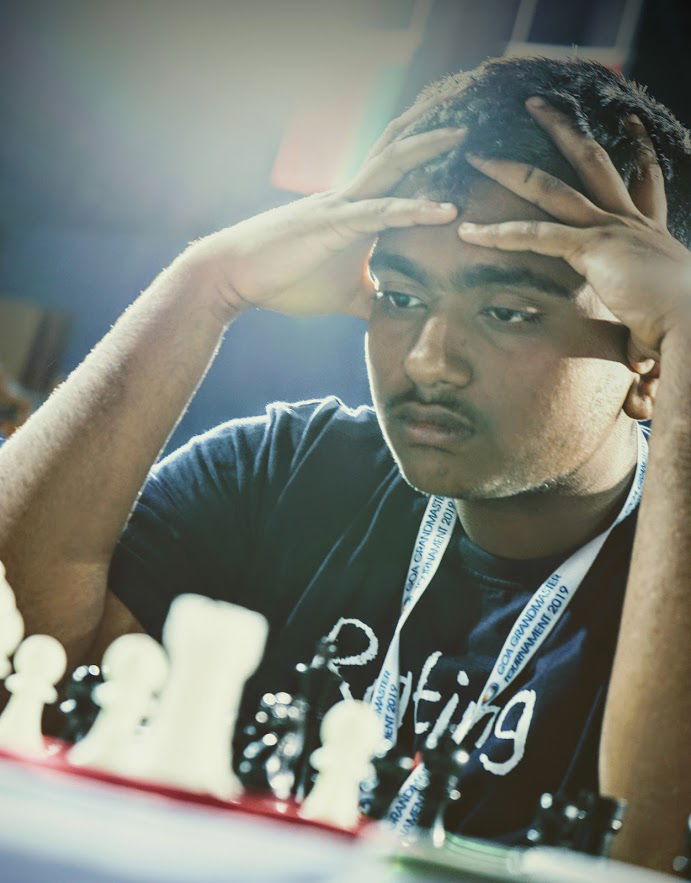
Tanmay Srinath is an 18-year-old chess player from Bangalore, Karnataka, currently pursuing both chess and engineering at BMSCE Bangalore. Tanmay is also a Taekwondo Black Belt, who has represented the country in an International Tournament in Thailand. He is a big fan of Mikhail Tal and Vishy Anand, and sincerely believes in doing his bit to Power Chess in India!

